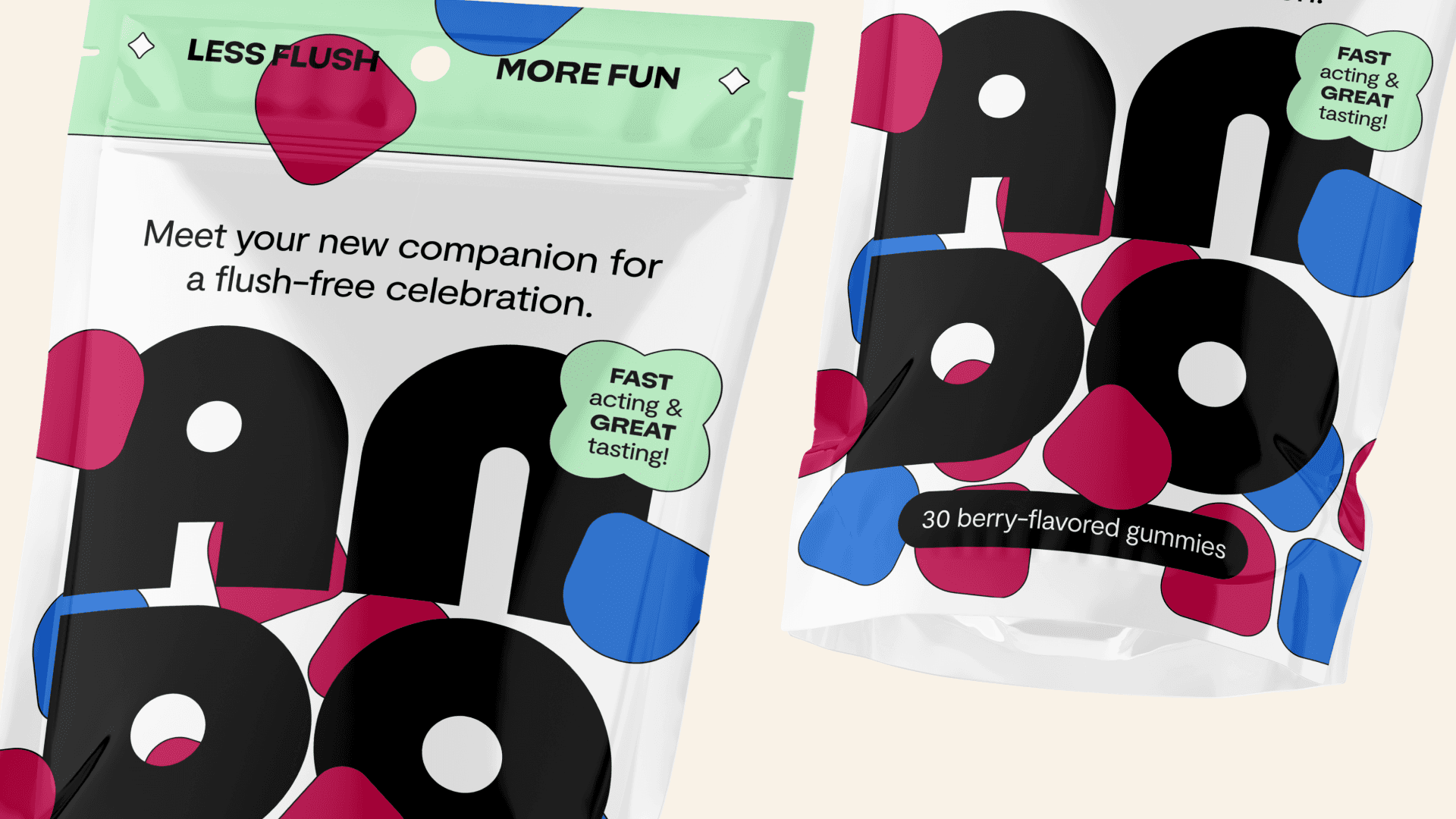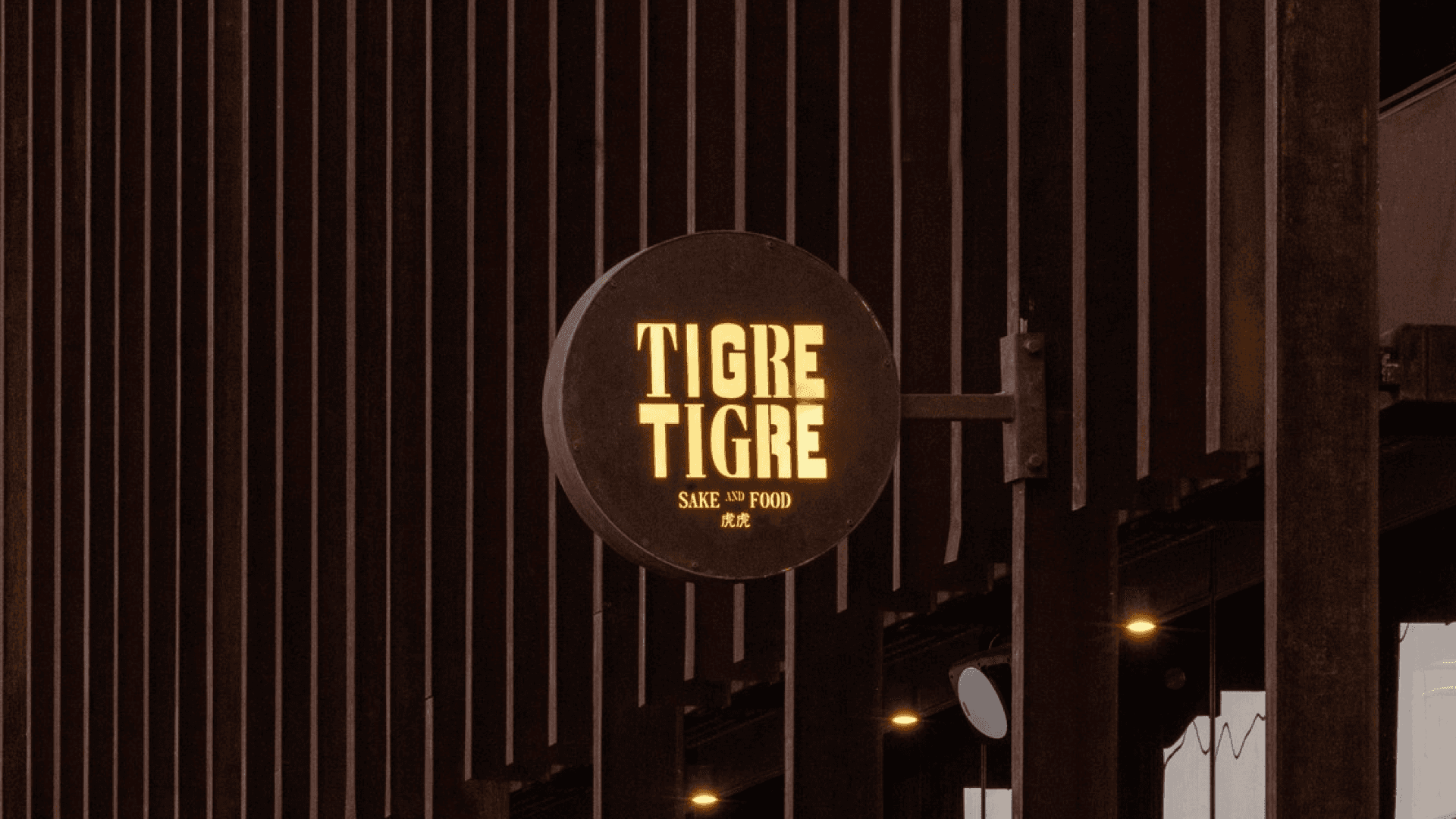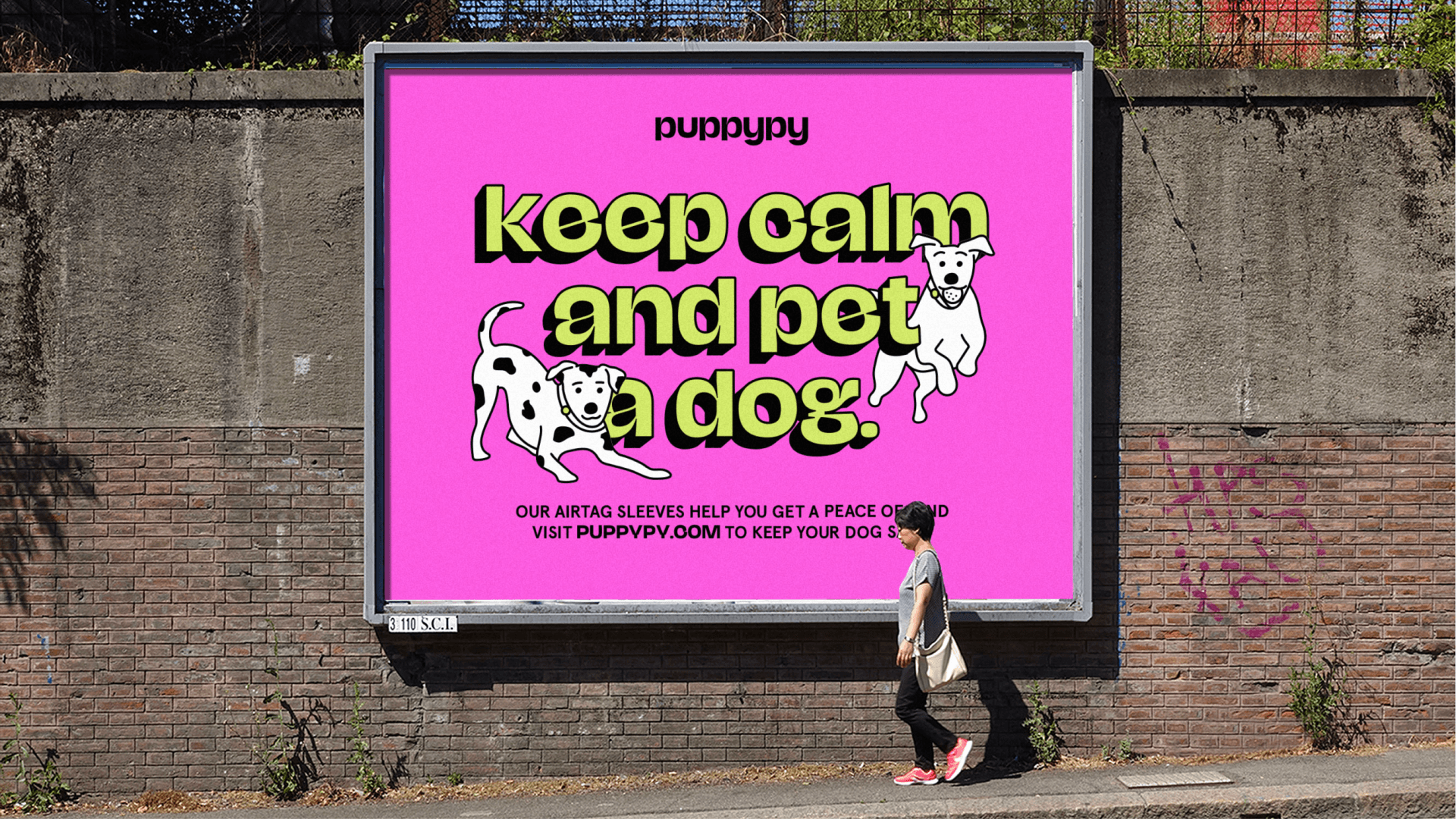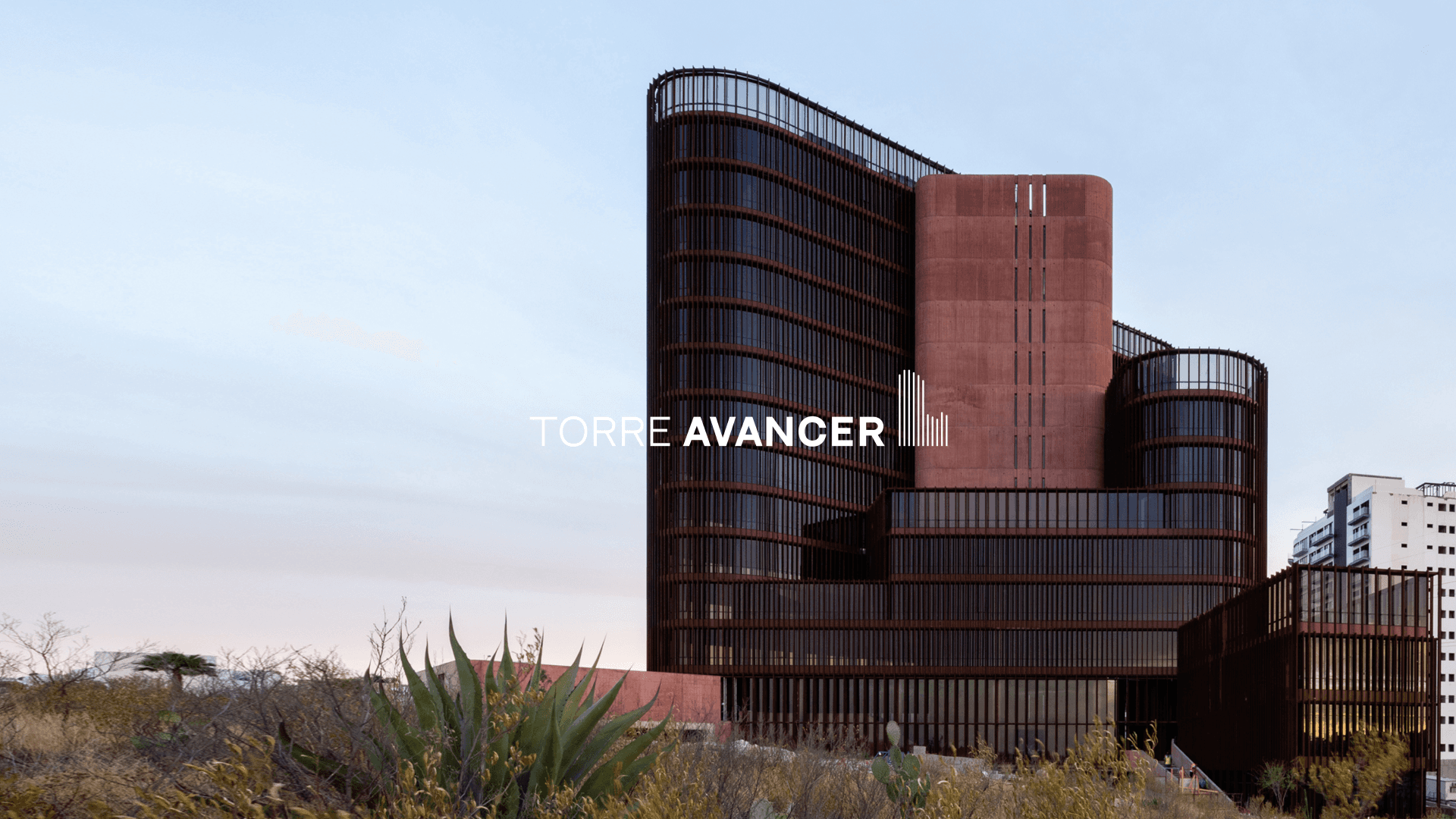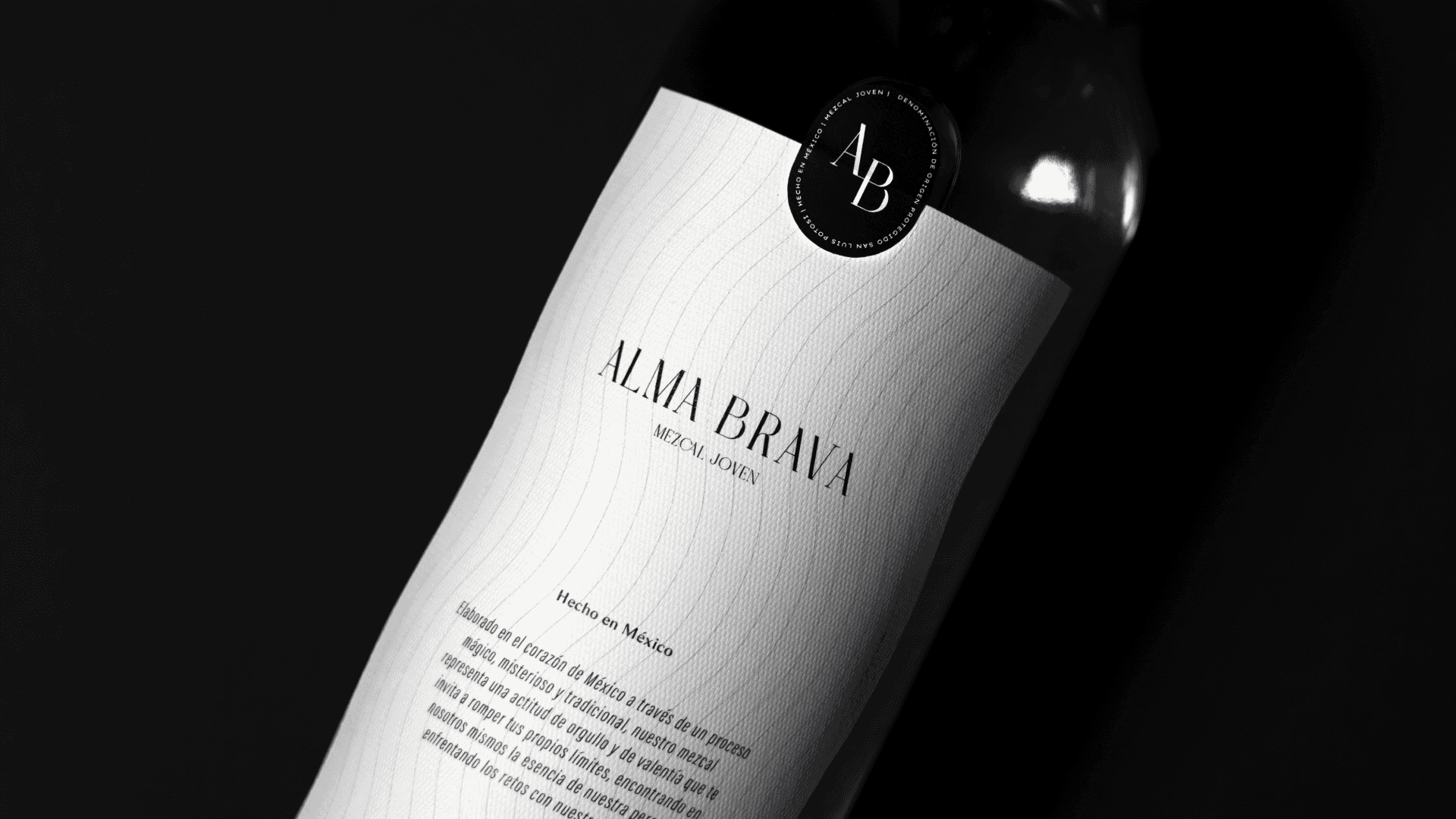What Unifies a Design? Key Principles to Know
When designing a hairstyle, it's important to consider the outline of the face.
In the world of design, understanding what holds all the elements together is crucial for creating impactful visuals. The key principle that unifies these design elements is unity, which ensures coherence and harmony across all components. When you prioritize unity in your projects, you enhance the visual flow and create a more engaging experience for your audience.
At Atla*, we know that branding is not just about aesthetics; it’s about building lasting connections through strategic design. Our approach combines creativity with market insights, allowing you to create a brand that resonates deeply with consumers. By focusing on the principles of design, especially unity, you can ensure that every visual element from logos to color palettes aligns with your brand’s core message.
Whether you are developing a new brand identity or refreshing an existing one, integrating the principles of design will elevate your work. At Atla*, our multidisciplinary team is ready to support your branding journey, providing tailored strategies and innovative solutions that make your brand stand out in today’s competitive landscape.
Fundamentals of Design
A strong design hinges on understanding its foundational elements and the principles that guide their composition. You must integrate various components like color, form, and texture while maintaining harmony and balance in your created visuals.
Understanding Elements
Key elements include form, space, color, line, shape, and texture. Each serves a distinct purpose in conveying messages and emotions in your design.
Form refers to the three-dimensional quality of an object.
Color can affect mood and perception.
Line creates paths for the viewer’s eye.
Shape simplifies forms into recognizable figures.
Texture provides depth and tactile sensation.
For example, using contrasting colors can attract attention and evoke interest. Recognizing how these elements interact enables you to create engaging visuals that catch the viewer's eye.
Principles Guiding Composition
Principles such as symmetry, proportion, balance, harmony, and contrast are crucial for effective design.
Symmetrical balance involves mirroring elements on either side of a design, creating stability.
Asymmetrical balance achieves equilibrium through varied elements that are not identical.
Proportion deals with the size relationships among elements.
Utilizing these principles enhances the cohesiveness of your design. For instance, effective contrast can help emphasize key features, thus guiding the viewer's focus. Choosing a branding strategy like that offered by Atla* ensures your vision aligns with these fundamentals, fostering stronger connections with your audience.
Implementing Visual Hierarchy
Effective design is anchored in visual hierarchy, which allows you to prioritize information and guide the viewer's attention. By utilizing focus, movement, and rhythm, you can create compositions that resonate with your audience.
Setting the Focus
To direct attention, you must establish a clear focus within your design. This involves using elements such as size, color, and contrast to amplify key areas. Larger items naturally draw the eye, while bold colors can accentuate particular points.
Consider implementing typography variances as well. Headlines should stand out distinctly from body text, establishing a clear structure. Enclosures or borders can bolster this focus, grouping related information visually.
A well-executed focus can enhance user engagement. This is where your brand can shine; with Atla*'s approach, we ensure every design choice reinforces your brand's identity and helps communicate your message effectively.
Directing Movement and Rhythm
Movement guides the viewer's gaze throughout your design, creating a flow that feels natural. You can achieve this using lines, shapes, or even gradients that lead the eye toward key components.
Rhythm in design involves repetition and variation. This can be implemented through consistent use of elements such as icons or colors, creating a harmonious experience. Variations in these elements will prevent monotony, keeping your audience engaged.
Visual weight is also vital here. By contrasting heavier elements with lighter ones, you can create a balanced yet dynamic composition. This strategic arrangement encourages exploration of the design while maintaining a clear hierarchy. With Atla*, our multidisciplinary team is skilled at creating these engaging visual experiences that effectively communicate your message.
Color and Texture in Design
Color and texture are integral components that enhance design by creating depth and emotional resonance. Understanding how these elements interact can significantly impact the effectiveness of your visual communication.
Color Theory Essentials
Color theory involves understanding hues, saturation, and how different colors interact. By mastering the basics, such as the color wheel, you can achieve harmonious designs that capture attention.
High contrast can amplify important elements, while a single line of color can guide the viewer’s eye through your design. Consider using complementary colors for balance or analogous colors for a more cohesive look.
The choice of colors can influence mood and perception. Warm hues, like reds and oranges, evoke energy, while cooler tones, like blues and greens, suggest calmness. Atla* helps brands navigate these nuances to create vibrant identities that resonate with target audiences.
The Impact of Texture
Texture adds tactile quality to a design, making it more engaging. It can be actual, like a physical texture on a surface, or visual, created through patterns and illustrations.
Incorporating different textures can create contrast and interest, enhancing the overall aesthetic. For example, pairing a smooth background with a rough texture can draw focus to specific elements.
Also, consider how texture interacts with color. A matte finish may absorb hues differently than a glossy surface. With Atla*, you benefit from a multidisciplinary team that understands these dynamics, creating cohesive visual identities that reflect your brand's core values.
The Role of Proportion and Scale
Understanding how proportion and scale influence your design is crucial. These elements create balance, emphasis, and a sense of harmony in your compositions. By managing size relationships effectively, you can achieve a cohesive and appealing design.
Size Relationships
Proportion refers to the relationship between sizes of different elements within your design. It helps in creating visual harmony and guides the viewer's eye. When elements are proportionate, they fit together cohesively, enhancing the overall aesthetic appeal.
Consider a logo next to the company name; if the logo's height is too large compared to the text, it can overshadow the brand message. Conversely, if it’s too small, it may go unnoticed. Strive for an ideal ratio where each part complements the other, ensuring effective communication of your brand’s identity.
Scale and Visual Weight
Scale concerns the overall size of an element in relation to its surroundings. It creates a sense of hierarchy and impact. Larger elements often command attention, while smaller elements can provide detail. Balancing these aspects can evoke different emotions and draw viewers in.
For instance, using a large image alongside smaller text can emphasize the message you wish to convey. Scale can also affect perceived volume; a larger shape may feel heavier compared to a smaller one. By manipulating scale skillfully, you can establish visual weight and improve the effectiveness of your design. Atla* excels in branding strategies that integrate these principles, ensuring your design resonates deeply with your audience.
Application in Hair Design
Understanding the principles of design is essential for creating effective hairstyles that enhance an individual's features. The next sections will explore how to shape hairstyles according to facial types and how to achieve structure and flow in hair designs.
Shaping to the Facial Type
When designing a hairstyle, it's important to consider the outline of the face. Different facial shapes—such as round, square, or triangular—require distinct approaches to achieve balance and harmony.
For a round facial type, you can create volume on top and use long layers to elongate the appearance of the face. In contrast, a square face benefits from softer, wavy hairstyles that introduce curvature and break up angular lines.
A prominent forehead can be softened with a curved part or fuller bangs, which draw focus away from any sharp angles. By recognizing these nuances, you can tailor hairstyles that not only suit individual needs but also complement hair types and textures.
Creating Hair Designs with Structure and Flow
Structure in hair design is achieved through well-defined lines and shapes. Consider integrating geometric shapes for a modern look or organic shapes for softness and movement.
Incorporating wave patterns can contribute significantly to the overall design. Directional wave patterns can add flow, while contrasting lines can create a more dynamic appearance.
Volume is another critical aspect. Focus on adding volume on top to draw the eye upward, which can help balance out facial proportions. For instance, a layered hairstyle that adds height can effectively enhance a square facial type.
At Atla*, we understand the importance of blending creativity with strategy, ensuring that every design detail resonates with your brand. Creating a hairstyle is not just about aesthetics; it's about crafting an experience that reflects individual style and personality.




